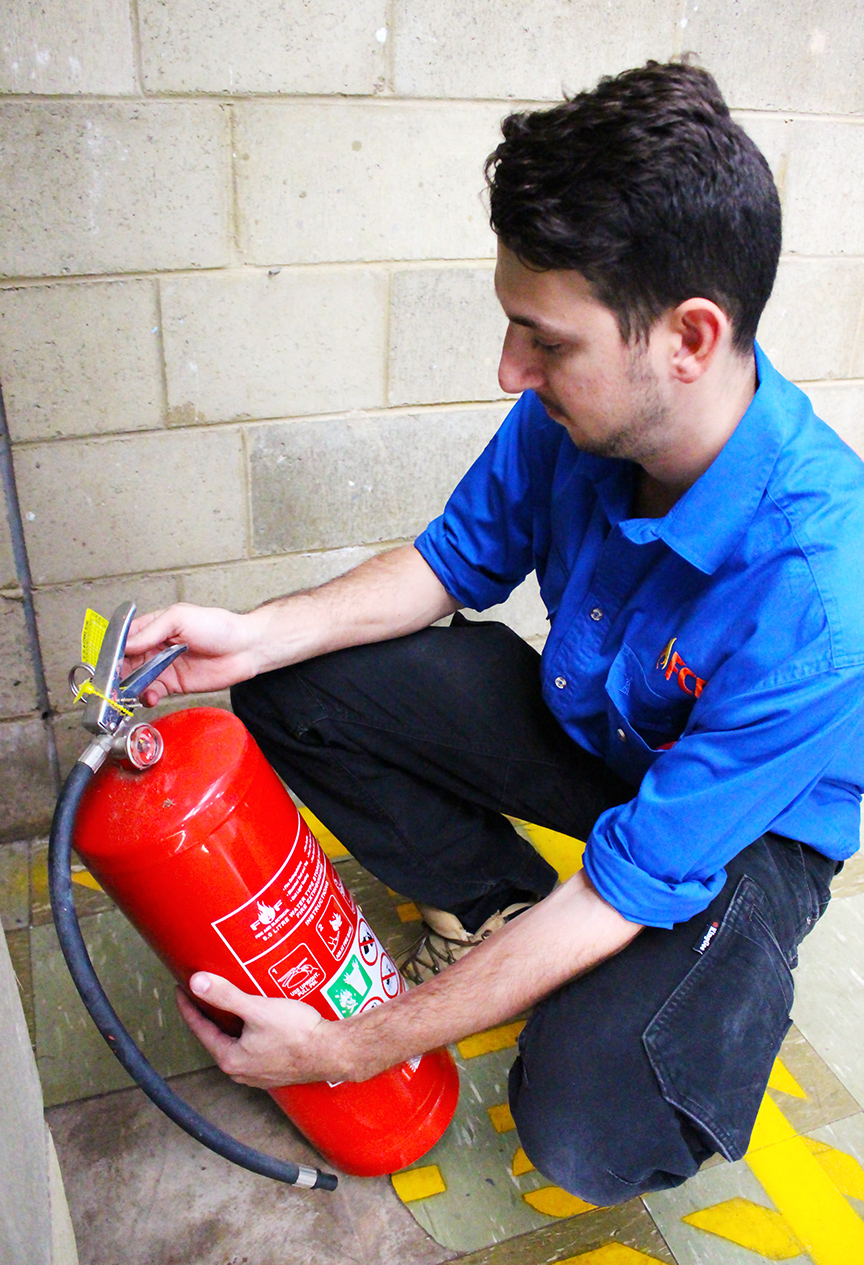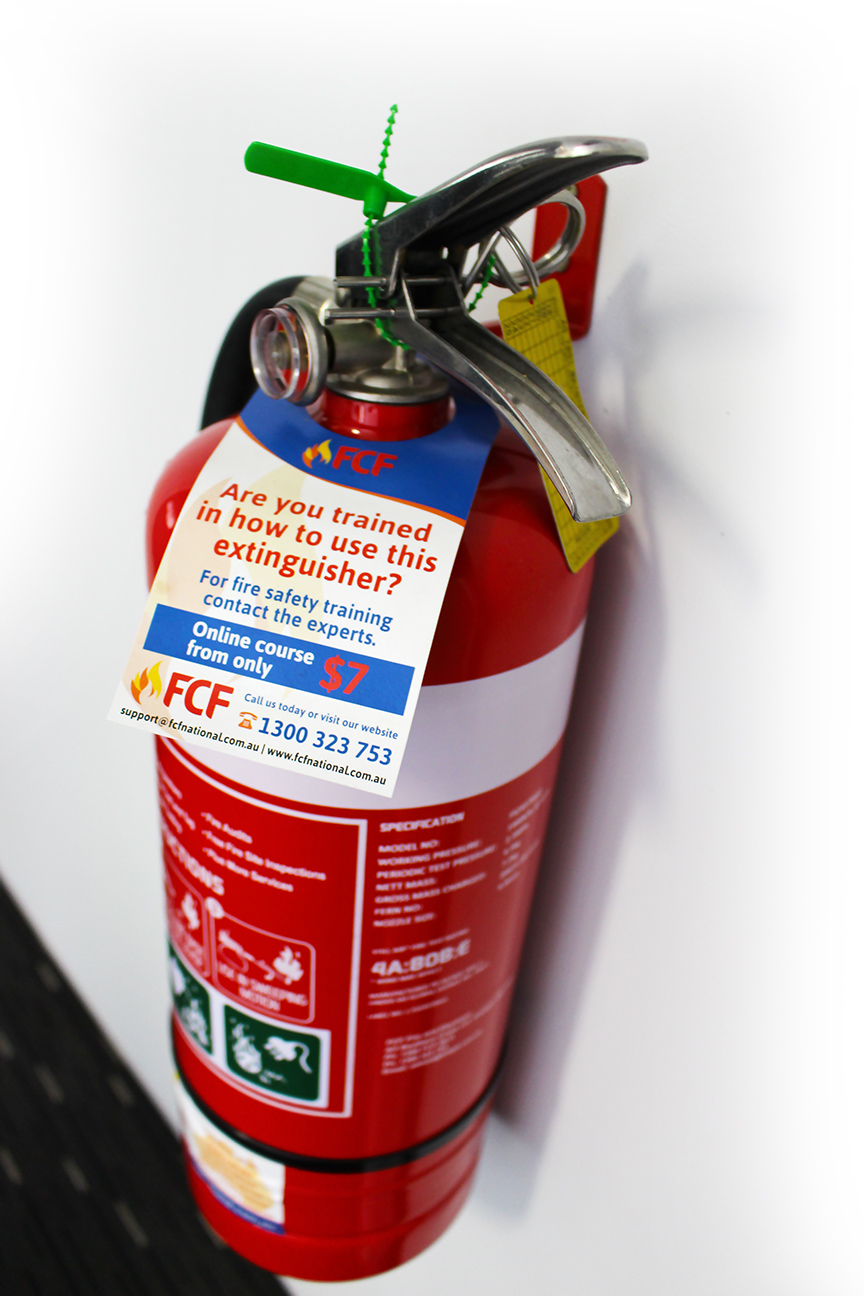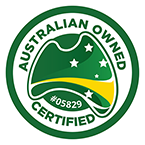A typical fire extinguisher located in a business only requires two services a year under AS1851. This frequency does increase with aggressive environments that may require the fire extinguisher’s tested every three months.
Good Fire Extinguisher Servicing Companies Follow AS1851 and State Legislation
Fire extinguishers also have an installation standard AS2444 which explains where extinguishers are to be located, the type of extinguisher and other requirements for installing fire extinguishers.
An example would be an office, Class 5 NCC (or BCA, depending on year of building certification date).
The recommended type would be an ABE Type due to the different classes this type of extinguisher covers (Types A, B and E). The size is dependent on the office area and risk, normally a 4.5kg extinguisher is used, due to coverage and weight. Even though the weight is stated as 4.5kg this is only the content and does not include the weight of the cylinder or mechanical parts. With this, a 4.5kg can weigh between 8-11kg depending on the manufacturer.
After selecting the correct type, a mounting position and height is required. A mounting position is best close to the exit pathway. This allows the user (potential fire fighter) to make a choice whether to fight the fire or escape. Keep in mind fire extinguishers are not designed to fight large or rapidly increasing fires with chemicals or explosion risk. Height of a fire extinguisher is dictated in AS2444 as between:
Maximum – 1200mm from the floor to the top of the extinguisher handle
Minimum – 100mm from the floor to the bottom of the extinguisher
Location Signage should be located a minimum 2000mm from the floor directly above the extinguisher. Also viewable from 20m, different types of location signs can make this possible around corners.
Another type of sign above extinguishers in groups or individually, is what is known as an ID Sign. The difference is that this sign tells the user the type of extinguisher they are about to use. This is extremely important if choosing a water type fire extinguishers to fight an electrical fire, the ID sign would identify to the user that the water type extinguisher is not to be used on an electrical fire.
October 9 2019, seen a Mississippi man using an antique fire extinguisher on an electrical fire which caused an explosion and in turn causing an electrical surge powerful enough to create a debilitating shock. This might be across the ocean from Australian’s however, the risk and danger does not change as American electricity runs at 110 volts and Australian ranges between 220-240 volts.
Fire extinguisher training is very important and legislated in all states to ensure staff are aware of the risks and understand how to fight a fire.




